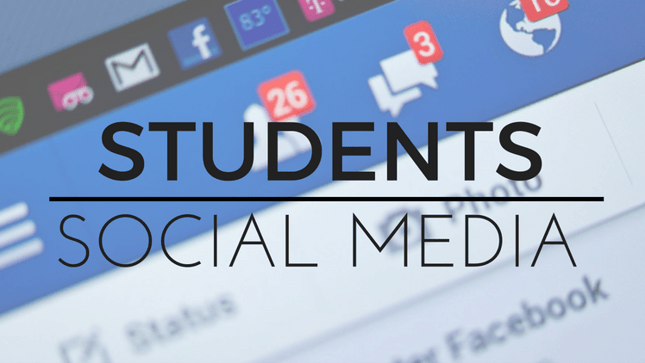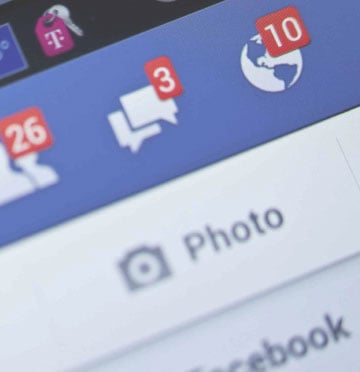
Facebook. Twitter. Instagram. Pinterest. Tumblr. YouTube. Snapchat. Reddit.
Go back to the year 2000, and these words would have sounded like pure gibberish. Today, they’re the names of some of the world’s most popular social media sites. They’ve become powerful forces in modern society, redefining what it means to communicate, what it means to do business — and even, as some school districts are discovering, what it means to learn.
You can be an early adopter of the newest innovations or someone who waxes nostalgic over the days of flip phones and landlines. Regardless of where you fall on the technological spectrum, social media (for better or worse), is here to stay.
Which means teachers now have to adapt to its persistent presence in the everyday lives of their students. And as they adapt, they’re finding themselves asking intriguing questions about social media’s role in education.
Questions like these are at the heart of current debates over just how much a role (if any) social media should play in a typical 21st-century classroom. And they’re especially pressing when you consider that good digital citizenship is a skill students need when they go out in the world.
One proponent of social media in the classroom is James Asher, principal of Burley Middle School in Charlottesville, Virginia. For him, social media offers a wealth of educational opportunities for students.
“Our students have been connected within the building, throughout our county, across the state, and around the globe with Skype or Zoom,” he says. “They’ve toured the first bookless library in the U.S. and shared stories with students in France. They’ve seen artifacts during virtual museum visits, and they’ve asked questions of experts in every field we’ve studied. … Our ESL students have Skyped with other ESL students in other states.”
High school English teacher Nicholas Provenzano touts the benefits of social media for enhancing his effectiveness as a teacher — and for helping his students learn in ways they never could before. His belief: The more opportunities students have to think about the material, the stronger their understanding of it.
Not all teachers think of social media as a viable tool. In fact, some believe it can get in the way of a student’s overall academic success.
According to a recent survey of more than 1,000 K-12 teachers, 86 percent of them haven’t brought social media into their classrooms. Of those, 62 percent have no plans to do so in the near future.
Why are some teachers so hesitant to adopt social media as a learning tool?
Other negative impacts of social media on education, according to Edudemic and The Christian Science Monitor, include
Ultimately, there’s no one right or wrong way to approach using social media in the classroom. But because students learn better in environments where they aren’t exposed to distractions, Kajeet Education Broadband™ uses filters to specifically block social media sites like Facebook, Twitter, and Instagram outside the classroom.
Of course, there are some fantastic reasons to incorporate social media into the curriculum. In the classroom, however, there’s always the watchful eye of a teacher nearby to keep students focused and to oversee where they’re going online. This isn’t the case after school, where students with social media access on school-issued devices are unsupervised and can quickly get sucked into sites that keep them away from what matters most: homework.
Why tempt fate with the dangers and distractions of social media when you can ensure students have access only to those corners of the Internet designed to help them learn and succeed — whether they’re in the classroom, at home, or on the school bus?
Kajeet’s innovative Sentinel® cloud portal analyzes and categorizes millions of new URLs every day, and our customizable filters help keep students focused on homework.
Kajeet filters can also help save districts money. As popular as they are, social media sites consume a lot of data in an average data plan. Which means if students are accessing their Facebook or Instagram pages with school Wi-Fi, they’re probably eating up data that could be used for more directly educational purposes.


